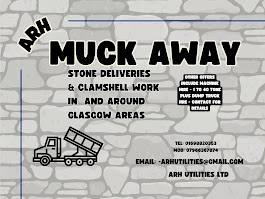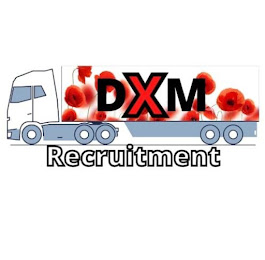THE GLORY DAYS OF THE CLYDE
Shipbuilding on the Clyde
The Waterway Clyde has been a middle for shipbuilding for many years, with boats being implicit the region conceivably as soon as the fifteenth 100 years.
Nonetheless, it was during the nineteenth 100 years, in spots, for example, Bowling Harbor, Denny's Shipyard in Dumbarton, John Earthy colored's Shipyard at Clydebank and Govan Graving Moors, that shipbuilding turned into a genuine wellspring of trade for Glasgow.
The coming of The steam motor checked monstrous open doors for Glasgow to grow its weighty industry. Between 1844 and 1963, Denny's shipyard alone worked north of 1500 boats. The Denny family was engaged with building the primary steamship that crossed the Channel (1814), the principal turbine liner (1901), and the main diesel-electric oar (1934), to give some examples. Likewise notable from Dumbarton was the quick trimmer Cutty Sark, right now a guest fascination in London.
For some, however, the core of the delivery business in Glasgow lay in Govan and the Fairfield Shipyards. At Fairfield, Robert Napier, known as 'the dad of shipbuilding on the Clyde', prepared a significant number of the people who proceeded to lay out driving shipyards, incorporating John Earthy colored's Shipyard in Clydebank. These shipyards developed towards the finish of the nineteenth hundred years to turn into the a portion of the main providers of the Illustrious Naval force, as well as building liners and liners, and the practice proceeds with today with BAe Frameworks yards at Govan and Scotstoun.
A shipbuilding milestone on the Clyde is the Finnieston Crane at Yokhill. Finished in 1931, it was essentially used to stack enormous steam locomotives for exportation. Likewise, fitting enormous boats' engines was utilized. This noteworthy machine is still good to go.
After The Second Great War the delivery business went into decline and by the 1960's, Fairfield had fallen.
As of late, nonetheless, recovery of the Clyde Waterfront has drawn in new industry to the area, including monetary administrations, advanced media and the travel industry. Be that as it may, the long practice of Shipbuilding in the space proceeds.

























Comments
Post a Comment